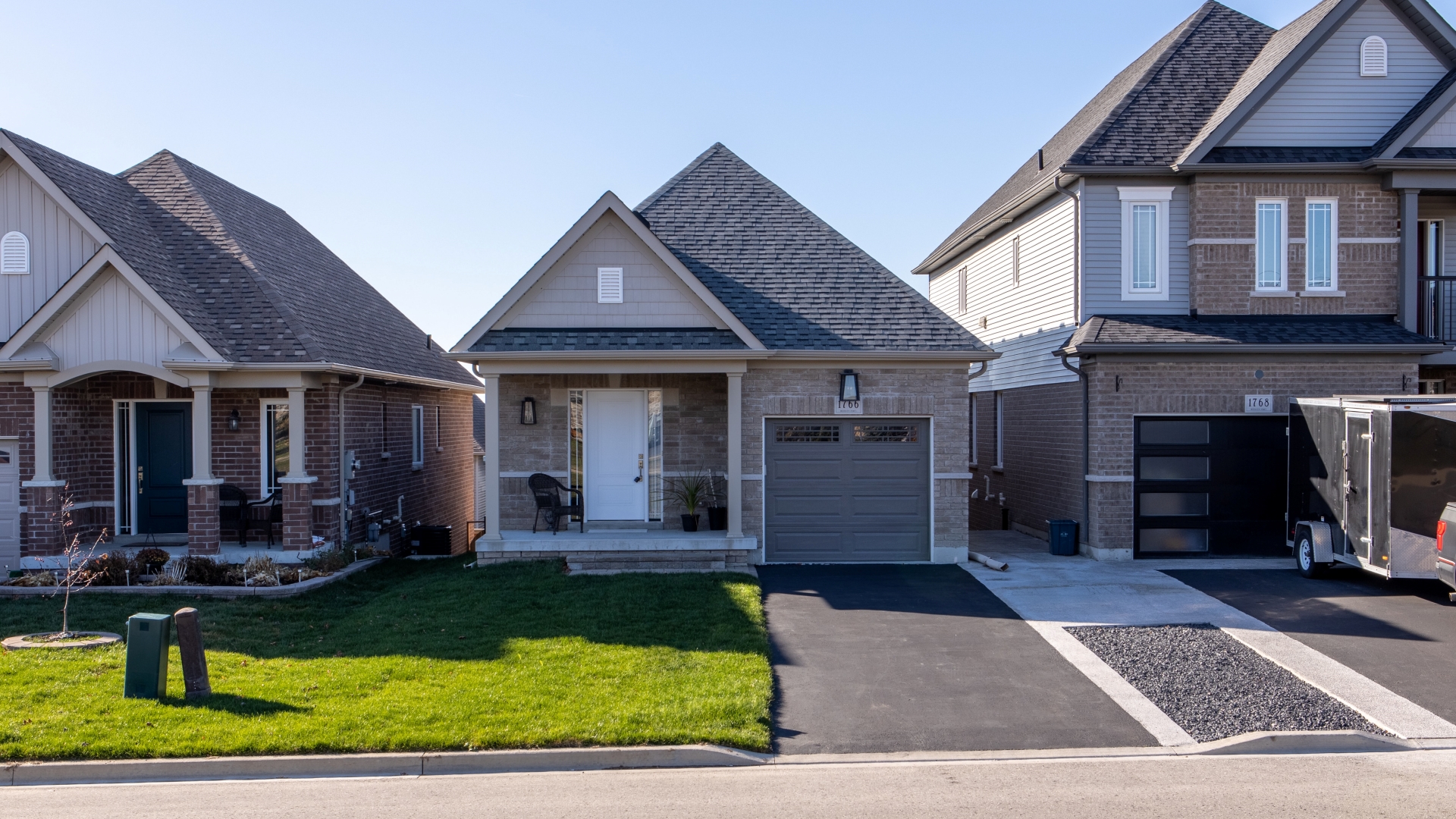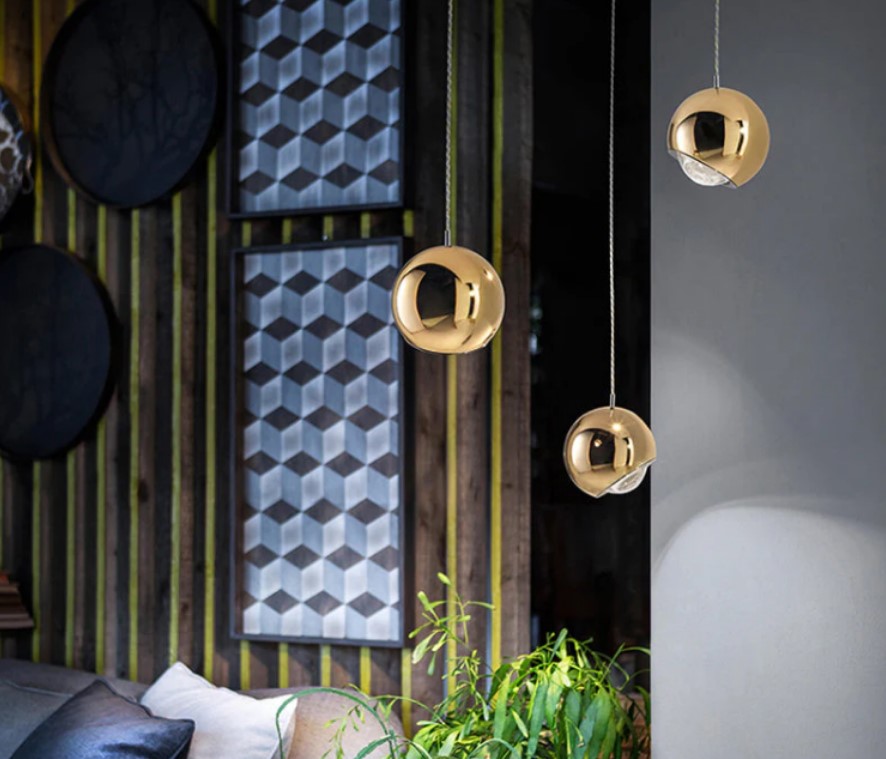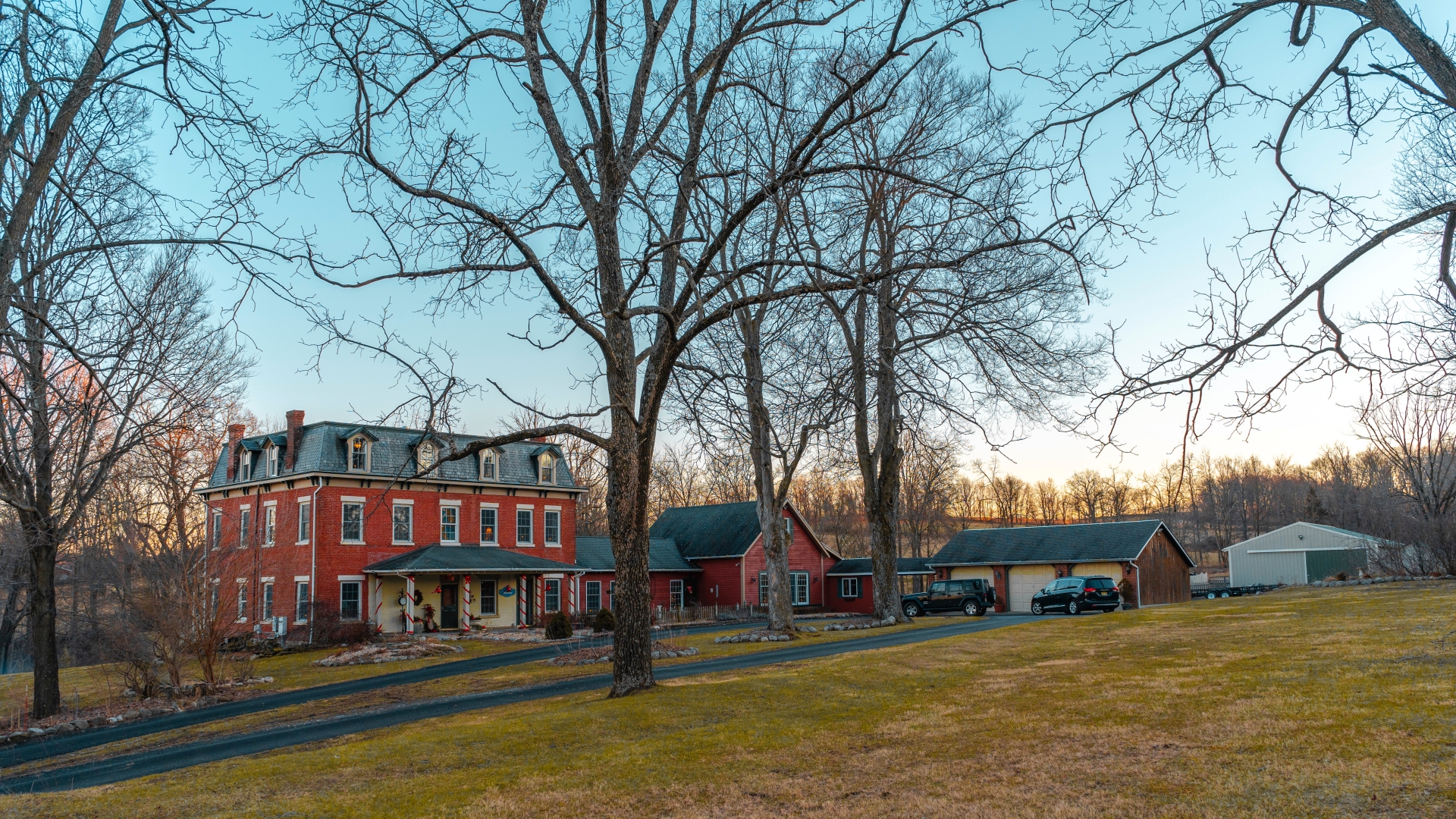As summer approaches, it’s only natural to be concerned about keeping your home cool and comfortable. Overheating can lead to increased energy bills, a stuffy environment, and potential health risks.
However, with some strategic planning and some practical tips, you can prevent your home from overheating and enjoy a relaxing oasis even on the hottest days.
In this article, we’ll cover various methods to help you keep your home cool, ranging from window treatments to energy-efficient appliances. Let’s discover how to keep your home from overheating.
1. Keep Your HVAC System Well-Maintained
Your heating, ventilation, and air conditioning (HVAC) system must be properly maintained to keep your home cool and energy-efficient during summer.
Scheduling regular maintenance for your HVAC system offers multiple benefits. These include identifying potential issues before they become costly problems, ensuring that your system is running at peak efficiency, and prolonging the life of your equipment. It will help to consult specialists for more info if you’re keen to learn more about how to optimize your system.
It’s generally recommended to have your HVAC system checked at least once a year, ideally during the spring or fall when it isn’t in constant use.
2. Optimize Window Treatments and Shading
Windows play a significant role in regulating your home’s temperature. Choosing the right window treatments and shading can help keep the heat out.
Energy-efficient window treatments can help regulate your home’s temperature by blocking out sunlight and reducing heat gain. Consider options like thermal curtains, cellular shades, or reflective blinds to keep your home cooler during summer.
- Thermal curtains: Constructed with a special lining, thermal curtains can help reduce heat gain by blocking sunlight and insulating windows. They’re available in multiple styles and colors to suit your home decor.
- Cellular shades: These shades are made from layers of fabric that create air pockets, helping to insulate windows and reduce heat gain. They can be customized in different colors and opacity levels.
- Reflective blinds: Reflective blinds are designed with a reflective coating on one side, which helps to bounce back sunlight and reduce heat gain in your home. These blinds contribute to a cooler indoor environment and help lower energy consumption during hot summer months.
These solutions not only help maintain a comfortable indoor temperature, but they can also improve your home’s energy efficiency and reduce your cooling costs.
3. Insulate Your Home Effectively
Insulation is critical to maintaining a comfortable temperature inside your home and should be prioritized during the home construction process. Insulation is essential for keeping your home cool in the hot weather and vice versa. It acts as a barrier, preventing heat transfer inside and outside your home.
Below are the two most common insulation options for homeowners:
- Spray foam insulation: This product can be applied to walls, attics, and floors, creating an airtight seal that reduces heat transfer and improves energy efficiency.
- Reflective insulation: This type of insulation features a reflective surface that helps block radiant heat, keeping your home cool during the summer.
Be sure to insulate your attic, walls, and floors, and use weatherstripping to seal gaps around doors and windows. Cracks and openings must be sealed to prevent hot air from seeping indoors. At the same time, proper insulation can reduce your reliance on air conditioning, lower your energy bills, and keep a comfortable indoor temperature.
4. Improve Home Ventilation
Proper ventilation can significantly impact your home’s temperature, allowing hot air to escape and fresh, cooler air to circulate. Enhancing air flow in your home can be done naturally, although modifying your house’s structure to boost ventilation may also be necessary.
If your property is in an arid environment, you can install ventilated skylights and passive vents.
- Ventilated skylights: Installing ventilated skylights can help release hot air trapped near the ceiling while also allowing natural light into your home.
- Passive vents: Installing passive vents in strategic locations, such as in the attic or high on walls, can help improve airflow and release hot air trapped inside your home.
Meanwhile, enhancing natural ventilation involves using windows, doors, and vents to let fresh air into your home and expel hot air. Take advantage of cooler morning and evening air by opening windows and doors to create a cross-breeze, helping to lower your home’s temperature.

5. Choose Energy-Efficient Appliances
Energy-efficient appliances can help reduce the amount of heat generated in your home, in addition to lowering your energy bills. Devices with a high-efficiency rating produce less heat and consume less energy than traditional appliances. Choosing such equipment helps maintain a cooler home and reduces energy bills.
Additionally, you can use programmable thermostats to save energy and reduce heat buildup. Use light-emitting diode (LED) lights, which generate less heat and use less energy than incandescent or halogen bulbs, helping to keep your home cooler and reduce energy costs.
6. Install and Utilize Ceiling Fans
Ceiling fans can be a valuable addition to your home, helping to circulate cool air and reduce your reliance on air conditioning. They’re an excellent alternative, or supplement, to air conditioning, as they consume far less energy and provide a comfortable breeze that can make a room feel cooler.
Ceiling fans circulate air throughout your home, preventing hot air from getting trapped near the ceiling. When selecting a ceiling fan, consider factors like room size, fan blade size, and energy efficiency. Be sure to install the fan with the blades at least seven feet above the floor for optimal performance and safety.
7. Landscape Strategically for Shade
Your home’s outdoor environment can also play a significant role in preventing overheating. Strategic landscaping can significantly impact your home’s temperature by providing natural shade and reducing heat absorption.
Planting trees and shrubs around your home aids in blocking direct sunlight, particularly on the east and west sides, where the sun’s rays can be most intense during summer mornings and afternoons.
Deciduous trees are an excellent choice, as they provide shade in summer while allowing sunlight to penetrate during the colder months. Additionally, consider planting shrubs or installing trellises with climbing vines near windows and walls to create a cooling effect and further reduce heat gain.
Concluding Thoughts
Implementing these methods helps you maintain a pleasant indoor temperature, contributes to energy savings and a more sustainable lifestyle. So, go ahead and implement these tips to keep your home cool and comfortable, and enjoy the warmer months without breaking a sweat!











